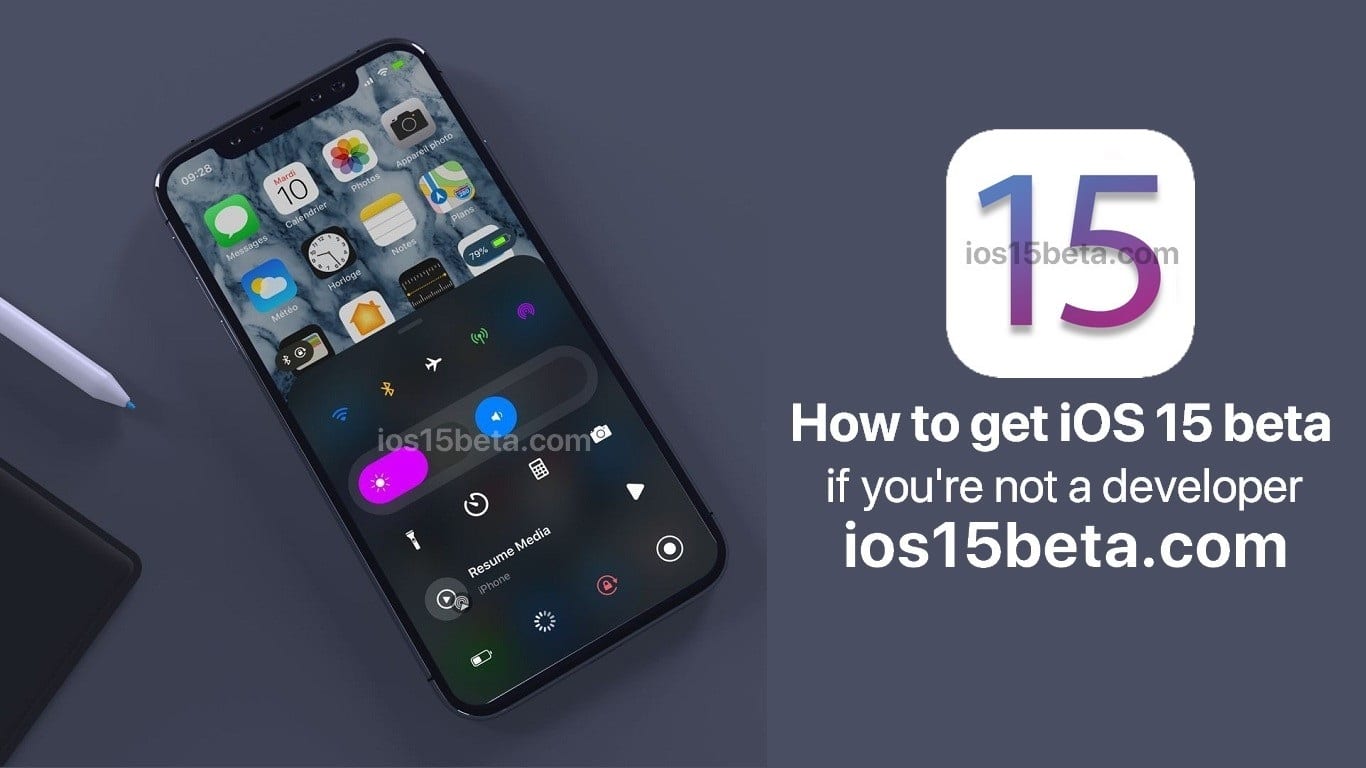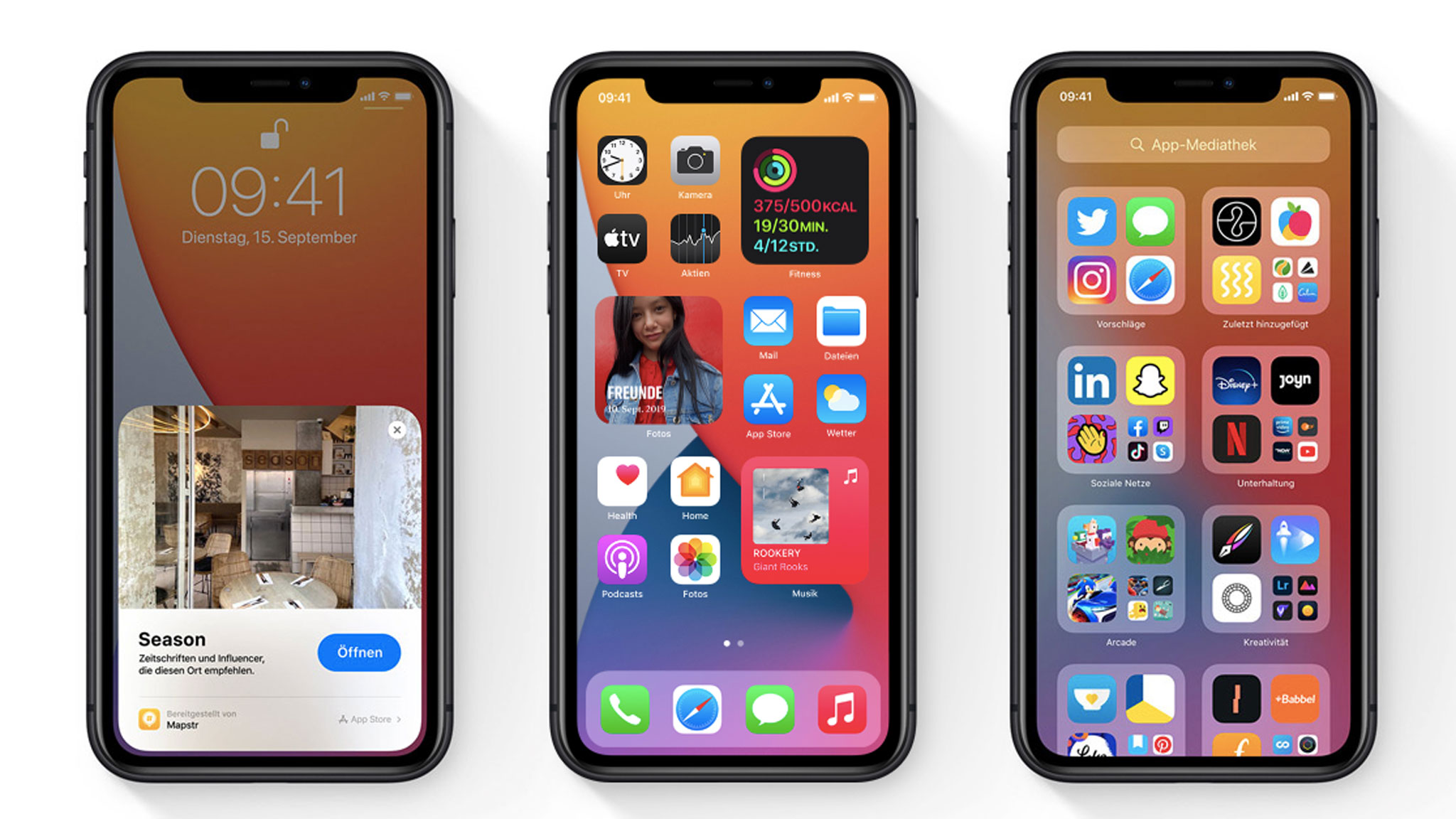


Step 1: Make sure iTunes is up-to-date and connect your device. If you’re using an older Mac or a Windows PC, you’ll have to use iTunes to back up your iPhone or iPod Touch. Step 4: Hit General > Back Up Now to manually back up. Step 3: Open Finder, and use the sidebar to select your iPhone.

Step 2: Follow the on-screen instructions to enter your device passcode or Trust This Computer. Step 1: Connect your iPhone or iPod Touch to your Mac. MacOS 10.15 Catalina did away with iTunes, but backing up on Mac is still easy. Backing up on a Mac running MacOS Catalina and newer You can check the backup by heading to Settings, hitting iCloud > iCloud Storage > Manage Storage, and tapping on your device from the list. If you’re on iOS 10.2 or earlier, just tap Backup and it’ll work its magic. Step 4: Scroll down and select iCloud Backup > Back Up Now. If you’re on iOS 10.2 or earlier, you’ll have to scroll down and tap iCloud. Step 2: Head to your Settings app, then select your name. ICloud is probably the easiest way to back up your iPhone because you don’t need to attach any cables. We have a guide on how to back up an iPhone, but we’ve also put these instructions down below. That way, if data is lost, you can quickly and easily restore it with your backup. So, you’ve got your eligible iPhone ready - but before you start on the iOS 15 road, make sure to back your device up first.

Here’s how you can download iOS 15, including the best practice steps and which phones are actually eligible. Now that iOS 15 is available to everyone, you probably want to know how to download it.


 0 kommentar(er)
0 kommentar(er)
